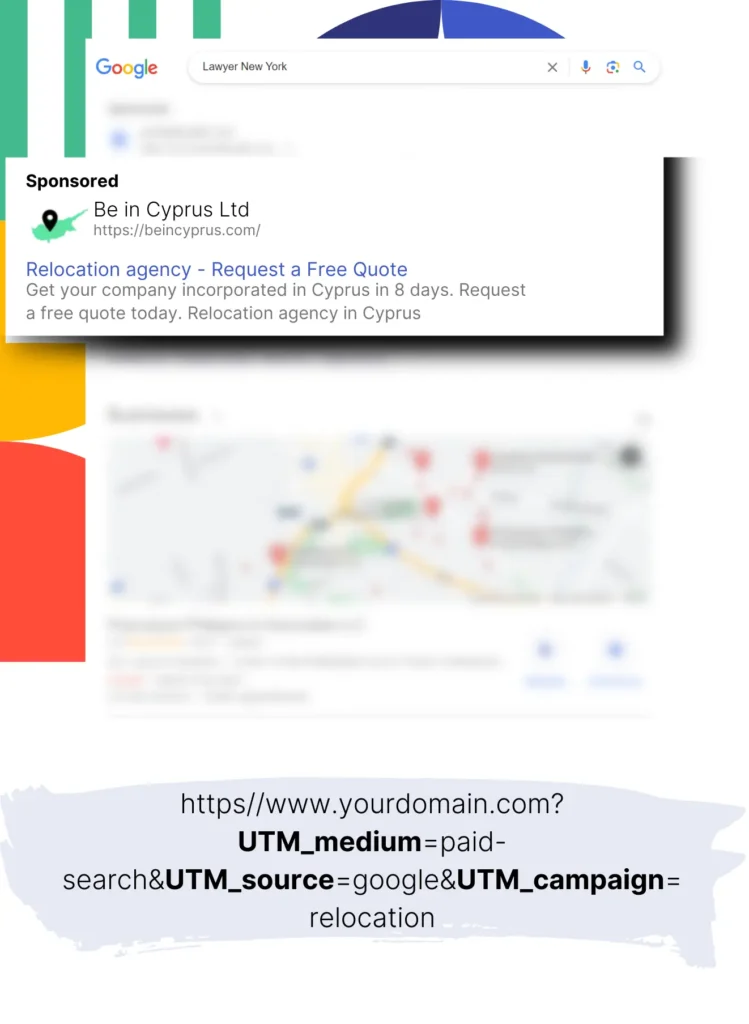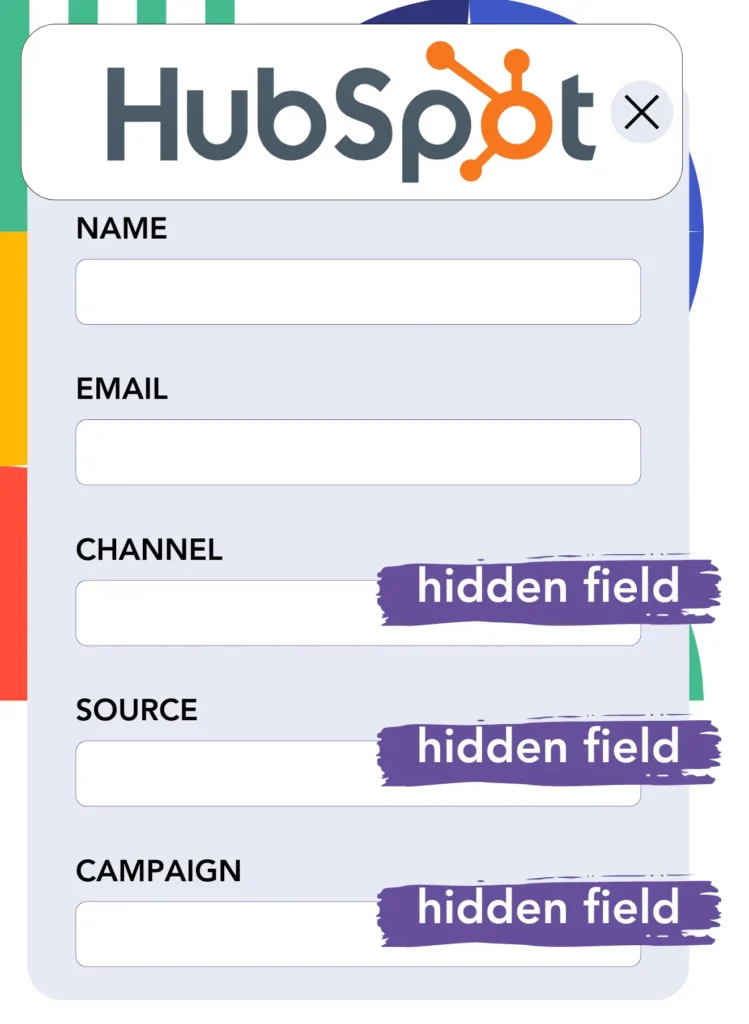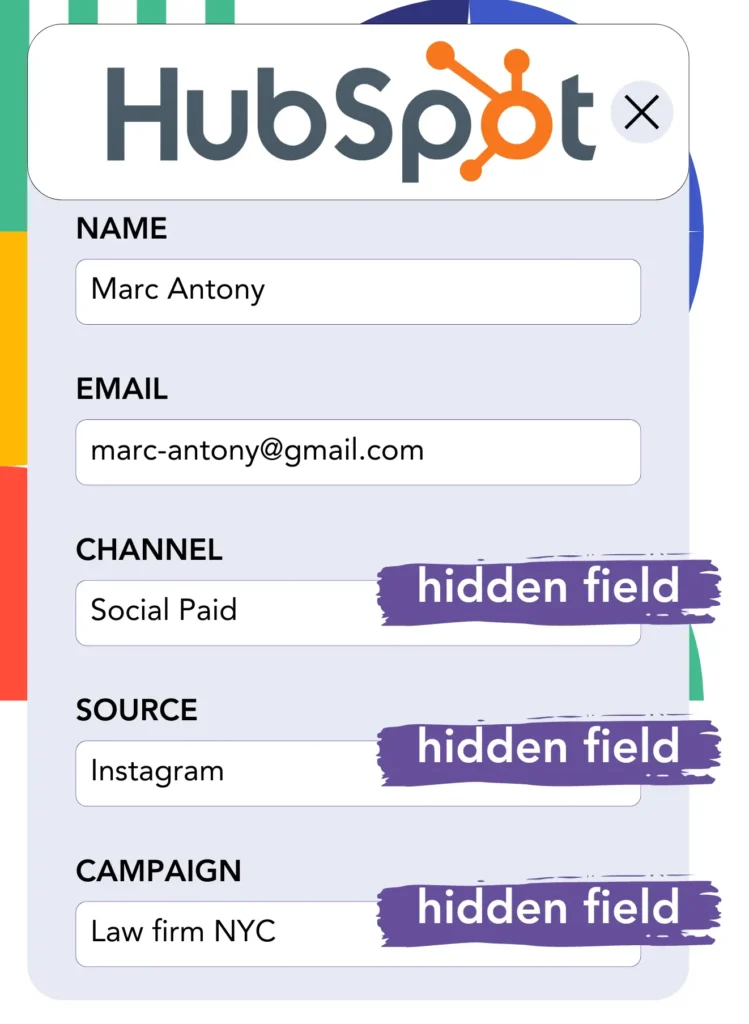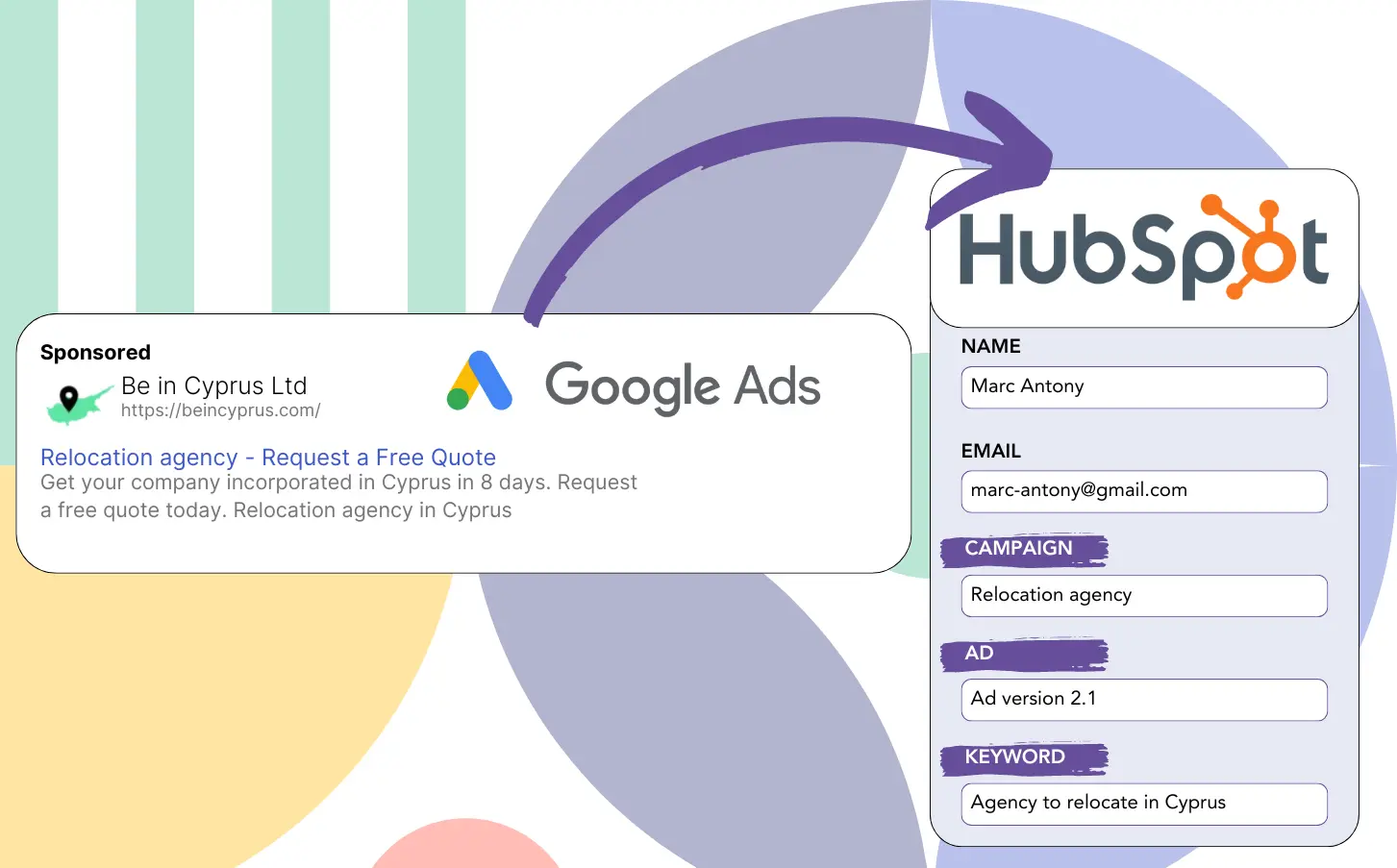Do you know which Google Ads campaigns are generating your leads?
It’s a recognized issue that Google Ads shows the number of leads per campaign, ad, or keyword but doesn’t supply data at the lead level.
As a result, you are unable to identify the campaign, ad, or keyword that produced the leads converting into customers.
Leadsources tackles this problem.
Using Leadsources, you can now track Google Ads data for each campaign, ad, and keyword on a lead-by-lead basis.
This feature lets you store Google Ads information, such as campaign, ad, and keyword data, for each lead in HubSpot Forms.
This feature allows you to run reports like “Keywords that generated the most leads” and determine which keywords to support or remove.
Let’s dive in!
Capture Google Ads lead data in HubSpot Forms in 4 steps
Step 1: Add Leadsources in the head tag of your website

Sign up to Leadsources.io, and benefit from our 14-day free trial.
Insert the Leadsources code in your website’s head tag. No coding knowledge is necessary.
Simply follow this easy step-by-step guide.
Step 2: Add the UTM parameters to your Google Ads campaigns

Ensure the UTM parameters you wish to track are included in every Google Ads campaign.
Here are UTM parameter examples to add to your ad:
- UTM_source
- UTM_campaign
- UTM_term
- UTM_content
Leadsources captures data beyond UTM parameters, including channel, landing page, and landing page subfolder, to offer a full lead-level view.
Step 3: Add the hidden fields in HubSpot Forms

Leadsources will automatically fill the hidden fields of your HubSpot Forms with Google Ads data (campaign, ad, keyword, landing page, etc.) as visitors enter their information (name, email, etc.).
For proper setup, adhere to the step-by-step guide for adding hidden fields in HubSpot Forms.
Your HubSpot Forms will receive Google Ads data directly from Leadsources.
Step 4: Capture the Google Ads data in HubSpot Forms

When your Google Ads ad is clicked and a visitor lands on your page, Leadsources captures the Google Ads data (campaign, ad, keyword, landing page, etc.).
Google Ads data is automatically added to your HubSpot Forms hidden fields by Leadsources.
After submission, Google Ads data and the completed form responses are sent to the HubSpot Forms submissions page.
How does Leadsources work?
Inserting the Leadsources code into your site’s head tag ensures that Google Ads data (UTM parameters and referrer) is captured during each visit.
The hidden fields of your HubSpot Forms will contain the stored Google Ads data.
Leadsources will use the referrer to gather data about visitors who arrive without UTM parameters:
- Channel
- Source
- Campaign
- Landing page
- Landing page subfolder
This technique allows for tracking important lead source data even without UTM parameters, such as:
- On Google Search
- On your Instagram bio link
- On your social media posts
- Etc.
Most tools only record lead data if UTM parameters are present, typically in paid and referral channels which results in a concern.
Leadsources provides lead data for every channel, even when UTM parameters are not used:
- Organic Search
- Paid Search
- Organic Social
- Paid Social
- Referral
- Affiliate
- Display Advertising
- Direct Traffic
This allows for the organization and consolidation of all lead source data into one central place.
Pro tip:
Track Google Ads data in all the popular online form builders, including Cognito Forms, Gravity Forms, Jotform, Typeform, WPForms, and more. Learn how to add Google Ads UTM parameters in any form builder.
How to run performance reports
Your Google Ads data in HubSpot Forms enables you to create performance reports including:
- Leads per campaign
- Leads per ad
- Leads per keyword
- Etc.
This provides the information needed to make effective decisions about your Google Ads costs.
We will now look at the reports you have the option to produce.
Lead performance reports
Reports can be run to detail the number of leads produced by:
- Channel
- Campaign
- Ad
- Keyword
- Landing page
- Landing page subfolder
Example #1
For campaigns in various channels (SEO, PPC, email, etc.), you can export the information to generate a report called “Leads by Channel.”

Example #2
After recognizing the channel that generates the most leads (e.g., Google Ads), you can choose it to view detailed lead counts for each ad campaign.

Example #3
Once you determine the campaign with the best lead generation, you can investigate the specific keywords contributing to this success.

Sales performance report
Finding out which ads and keywords attract the most leads is useful, but do they also increase your revenue?
Sending your HubSpot Forms data to a CRM enables you to create powerful and detailed sales reports.
Example:
| Channels | Search Paid | Social Paid |
| Leads | 50 | 75 |
| Sales | 5 | 6 |
| Average order value | $150 | $100 |
| Revenue | $750 | $600 |
You found that Social Paid ads on Google and Facebook delivered more leads than Search Paid ads.
Following weeks of analysis, you found that the Search Paid channel yielded greater revenue with fewer leads than the Social Paid channel, leading you to a decision of allocating more budget to Search Paid ads.
LeadSources tracks the source of each lead in HubSpot Forms, whether they come from ads, organic search, social, email, etc. and syncs that data with each submission. See the full breakdown on the lead source in HubSpot Forms page.

